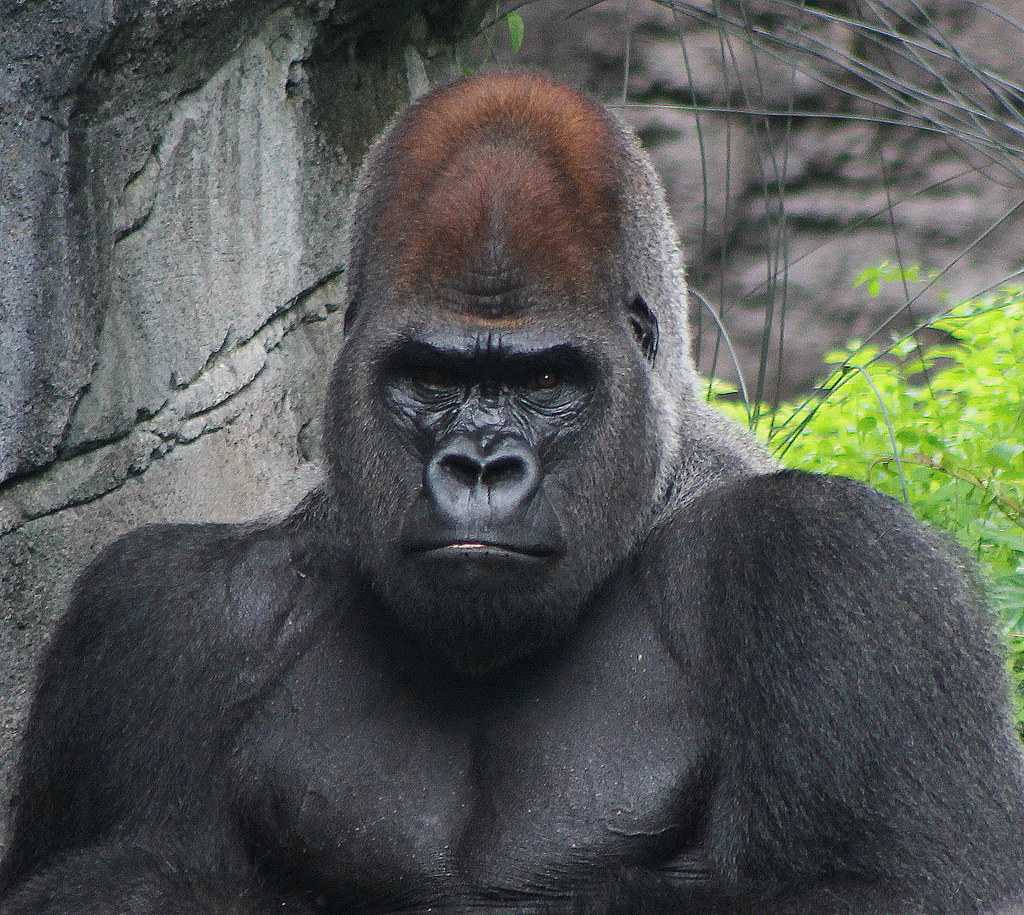
Gorillas build nests to sleep in and the presence of sufficient nesting material determines the location in which they bed. The daily construction of new nests also helps avoid parasites that may nest in the bedding. Gorillas construct a new nest each night because they travel to different locations during the day foraging. They gather vegetation around them in trees or on the ground. Gorillas construct "beds" to sleep in at the end of the day. Then there is usually an extended rest period during midday until mid-late afternoon at which point feeding/foraging activity resumes. Gorillas move about 400-1,000 meters (0.24-0.60 mi.) per day which is about 88-219 miles per year.įeeding/foraging activity peaks during the first 3 to 4 hours of the day.

Gorillas spend about 14 hours feeding and foraging and about 10 hours resting every day. Gorillas will give each other nose-to-nose greetings and gestures of reassurance such as embracing or touching. These confrontations may intermittently last for days and involve all the troop members.

Mothers are closely bonded to their offspring for the first three years of life.Ĭompetition for adult females is high and will often result in aggressive interactions between a dominant and rival silverback who is looking to either start or expand a troop. Therefore most silverbacks are usually solitary for about 4 years and turn 15 before acquiring a troop of their own.Īdult females are not bonded to one another and usually compete to groom and stay close to the silverback. A male must have an established home range and great strength to confront any rival before acquiring his own troop. The silverback makes all group decisions, is responsible for most of the calls, receives the dominant portion of food (even when resources are limited) and can terminate troublesome behavior with just a look. Silverbacks are typically more aggressive than other group members since the troop's safety is their responsibility. Gorilla troops have a home range between 4-25 km2 (1.5-9.7 miles2). One of the largest gorilla troops identified had 4 silverbacks, 5 blackbacks, 12 adult females, and 16 young. If a troop consists of multiple silverbacks they are usually the sons of the dominant adult male silverback. They are highly synchronized in their activity patterns. Troop populations usually range in size from 2 to 12 individuals with 9 being the average. As time progresses, his distances increase from the parental group.

This process takes several years and begins by the juvenile male separating himself just outside from the troop. Usually the adolescent male will remain solitary until he forms his own troop. It is for this reason that females most often join a lone silverback or a newly formed troop rather than a long-established one.Īn adolescent male most often splits from his parent group due to lack of breeding opportunity. Late arrivals do not receive the benefits of high ranking females such as having their offspring remain close to the dominant silverback for protection. A female's status or rank in the family is generally determined by the order in which she was recruited into the troop. Generally the first troop a female reproduces in will become her permanent family. The oldest and strongest adult male silverback is usually dominant in the troop and has exclusive breeding rights to the females.Īdolescent females transfer to another troop before reproducing at around 8 years of age. Gorillas are non-territorial and live in groups called troops that generally consist of 1 to 4 adult males (called silverbacks), some juvenile males (called black backs), several adult females and young.


 0 kommentar(er)
0 kommentar(er)
